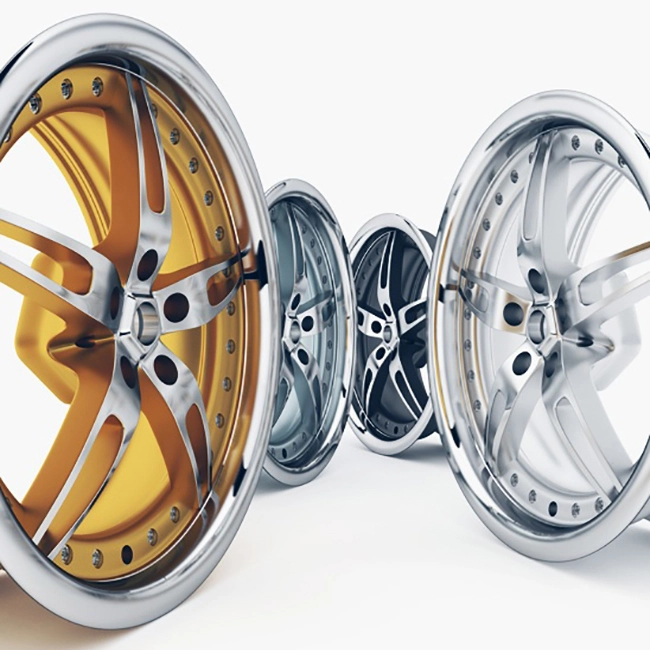axle seal front
Understanding the Importance of Front Axle Seals
In the intricate world of vehicle mechanics, every component plays a crucial role in ensuring smooth operation and longevity. One such component, often overlooked yet vital for performance, is the front axle seal. This small but significant part is essential in maintaining the integrity of the axle assembly and is crucial for the overall functionality of a vehicle.
What are Front Axle Seals?
Front axle seals are designed to prevent lubricants from escaping the axle assembly, while also keeping contaminants such as dirt, dust, and debris from entering. These seals are typically made of rubber or synthetic materials, chosen for their durability and resistance to various environmental factors. The design of a front axle seal allows it to maintain a tight fit against the axle shaft, ensuring that the lubricant, usually gear oil or grease, remains contained within the housing.
The Functions of Front Axle Seals
The primary function of front axle seals is lubrication retention. By preventing lubricant loss, these seals ensure that gears and bearings are properly lubricated, which is essential for reducing friction and wear. Insufficient lubrication can lead to overheating and, ultimately, catastrophic failure of the axle assembly.
Moreover, front axle seals protect the internal components of the axle from external elements. Contaminants can significantly hinder the performance of the axle, leading to accelerated wear and potential breakdowns. The presence of dirt and moisture can cause oxidation and corrosion, which compromise the integrity of the components, resulting in costly repairs.
Common Issues with Front Axle Seals
Despite their importance, front axle seals are not immune to wear and tear. Over time, exposure to heat, pressure, and various chemicals can cause the seals to degrade. Common signs that a front axle seal may be failing include
axle seal front

1. Leakage One of the most obvious signs is the presence of fluid leaks around the axle. This usually indicates that the seal is failing and needs to be replaced.
2. Noise If you notice unusual sounds such as grinding or whining coming from the front axle, it could point to inadequate lubrication due to a failing seal.
3. Warning Lights In modern vehicles, dashboard warning lights can indicate various issues, including problems with axle components. It's important to address these warnings promptly.
4. Vibration Excessive vibration while driving may also indicate a problem with the axle, potentially due to insufficient lubrication from a failing seal.
Replacement and Maintenance
Replacing a front axle seal is a task that requires attention to detail and mechanical knowledge. It typically involves disassembling the axle components to access the seal, cleaning the surrounding area, and installing a new seal. Proper installation is crucial, as incorrect placement can lead to further leaks.
Regular maintenance can help prolong the life of front axle seals. Inspecting the seals during routine vehicle check-ups is recommended, especially in vehicles that endure harsh driving conditions. Adequate lubrication levels should also be monitored, ensuring that the seals hold up under pressure.
Conclusion
Front axle seals play an essential role in the functionality and longevity of a vehicle’s drivetrain. Their ability to retain lubrication and keep contaminants at bay cannot be underestimated. Understanding their importance and recognizing the signs of failure can save vehicle owners from costly repairs and unforeseen breakdowns. Regular maintenance and inspections can further enhance the lifespan of front axle seals, ensuring smoother rides and peace of mind on the road. Whether you’re a daily commuter or an avid road traveler, being aware of your vehicle’s front axle seals will help maintain optimal performance for years to come.
-
The Ultimate Guide to Boat Propeller Bearings and Trailer Wheel Bearings
News Jul.31,2025
-
The Essential Guide to Marine Bearings and Boat Trailer Wheel Bearings
News Jul.31,2025
-
The Complete Guide to Heavy Duty Seals: Protecting Doors and Spaces Efficiently
News Jul.31,2025
-
Essential Guide to Marine Shaft Bearings and Boat Trailer Axle Bearings
News Jul.31,2025
-
Comprehensive Guide to Marine and Trailer Bearings for Safe Boating and Transport
News Jul.31,2025
-
Comprehensive Guide to Automotive Oil Seals: Protecting Your Engine and Shafts
News Jul.31,2025
-
Understanding Automotive Oil Seals: Essential Components for Engine and Shaft Protection
News Jul.30,2025
Products categories















